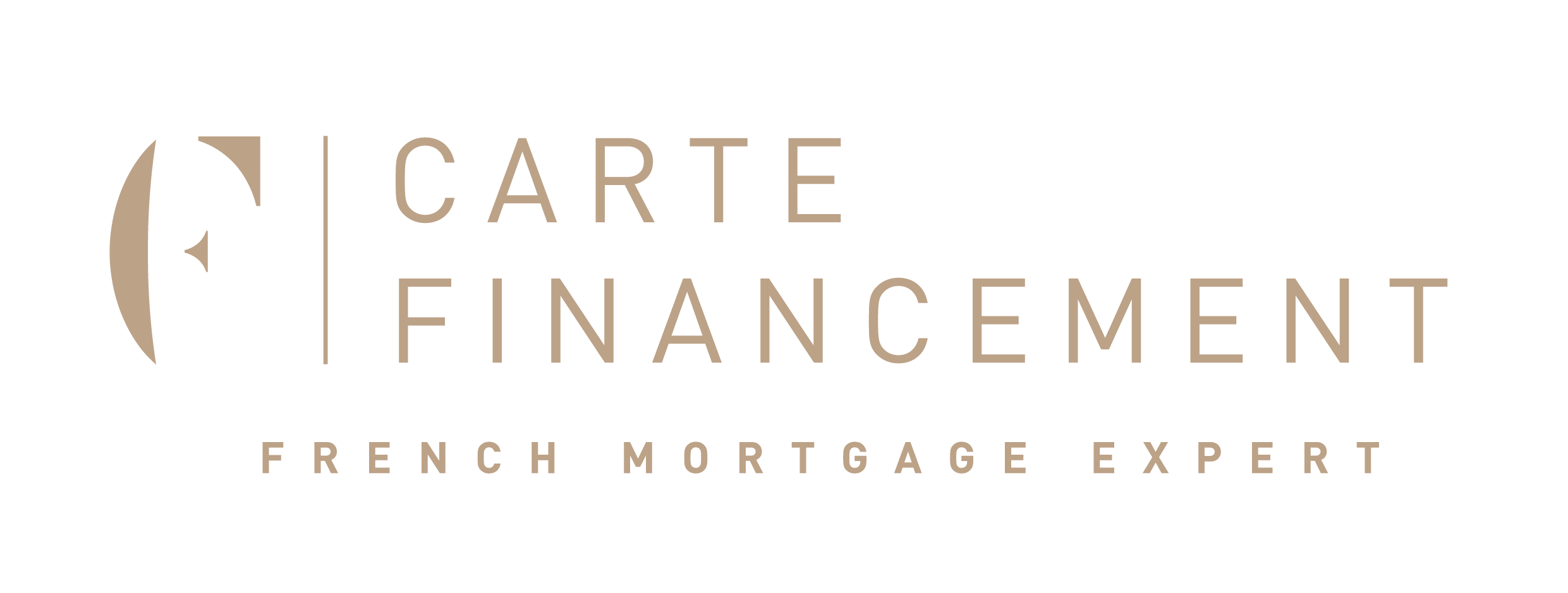In view of the amounts involved and the duration of property loans, financial institutions need to take certain precautions. It can be useful to understand the different guarantees before borrowing. Above and beyond the loan insurance covering the risks relating to the borrower’s state of health and also the personal surety, there are three types of guarantee for covering the borrower’s non-payment in the context of a housing loan. They do not all have the same results or the same cost.
The mortgage charge, a preferred solution for many years
The mortgage charge is a very old form of security on property. The first equity release was granted in Babylon in 430 BC.
The credit institution has the mortgage registered on the property asset. If the loan is not reimbursed as provided for, the beneficiary of the guarantee may arrange to have the building sold and be paid from the selling price according to rank and with priority over unsecured creditors.
- A mortgage charge may be taken out on any type of property (old, new, land.)
- A mortgage charge is drawn up by a solicitor and published with the land registry service.
- Provision must be made for the land registration tax amounting to 0.715% of the total amount covered by the equity release together with 0.814% corresponding to the solicitor’s fees and a few other sundry expenses. At the end of the day, costs relating to the mortgage are often between 1.7% and 2% of the amount borrowed.
- Once the loan has been repaid, the mortgage charge becomes obsolete. One year after payment of the final instalment, the registration disappears without cost or formalities.
- If the borrower wishes to sell their property asset before expiry of the loan, this is possible. In this case, the borrower must have the mortgage discharged. Such discharge costs represent approximately 0.5% of the amount of the initial loan.
In view of its formalism, some institutions, for example in the case of a bridging loan, settle for a mortgage charge pledge (the mortgage will only be registered in the event of a payment irregularity).
Less expensive, the money lender’s preferential claim
The money lender’s preferential claim has the same results as the mortgage charge. However there is a difference in that this security can only cover existing properties, which therefore excludes purchases under Present Value of Future Profit, and is not available for the financing of works.
It allows the bank, when not reimbursed by the borrower, to proceed with selling the property in order to be paid from its price. This is a guarantee which gives the bank priority over all other creditors and all other guarantees.
The money lender’s preferential claim is the subject of a notarial deed and must be registered with the mortgage registry within two months of the sale. However, compared with the mortgage charge, the borrower is not subject to the land registration tax, its cost therefore amounts to around 0.7% of the amount borrowed.
In this article, we have covered securities on property. Another post details the key features of sureties, in particular what is offered by the Housing Loan.


